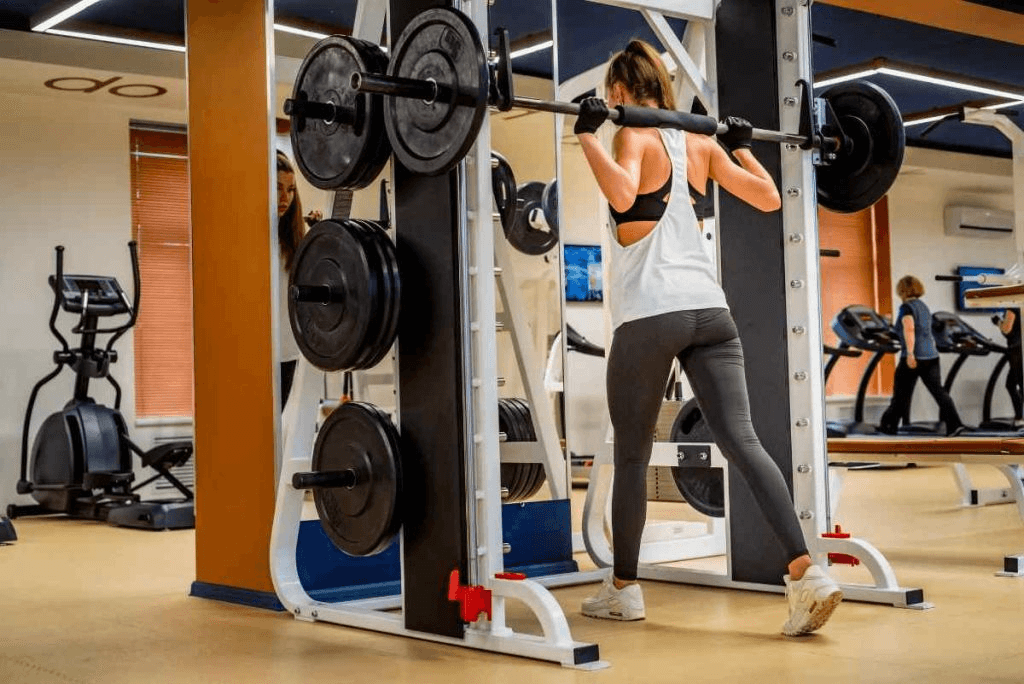The pull down machine, often seen in commercial and home gyms, is one of the most effective tools for developing a strong and sculpted back. Whether you're using a latissimus pull down machine at your local gym or a compact pull down lat machine at home, this staple piece of equipment targets one of the largest and most powerful muscle groups in the body—the latissimus dorsi.
What Is a Pull Down Machine?
A pull down machine, commonly referred to as a lat machine or pull down lat machine, is designed to mimic the motion of a pull-up but with adjustable resistance. It typically includes a wide bar attached to a cable system and weight stack. This allows users of all strength levels to perform vertical pulling exercises with control, which is particularly helpful for beginners who aren't yet able to do full bodyweight pull-ups.
Why the Latissimus Dorsi Matters
The latissimus dorsi—the broad, wing-like muscles on either side of your back—play a key role in posture, shoulder stability, and upper-body strength. A well-developed back improves overall symmetry and power, benefiting everything from deadlifts and presses to daily movements like lifting groceries or carrying kids.
Training the lats also complements pushing exercises like bench presses and overhead presses. Without strong pulling muscles to balance out the chest and shoulders, imbalances can lead to posture issues or injury over time.
How to Use a Pull Down Lat Machine Effectively
-
Adjust the Seat and Thigh Pad: Make sure the seat height allows you to grip the bar comfortably, and the thigh pad is snug to keep your body grounded during the exercise.
-
Choose Your Grip: A wider grip targets the outer lats, giving your back a wider appearance. A close or underhand grip brings the biceps and lower lats more into play.
-
Engage Your Back: Pull the bar down to your upper chest while focusing on squeezing your shoulder blades together. Avoid using momentum—this is about controlled, deliberate movement.
-
Avoid Common Mistakes:
-
Don’t lean back excessively.
-
Don’t pull behind the neck—it stresses the shoulders unnecessarily.
-
Don’t let the bar snap back—control the upward motion to maintain tension.
-
Types of Pull Down Lateral Machines
-
Traditional Lat Machines: These feature a high pulley and wide bar, suitable for most gym-goers.
-
Compact Lat Pull Machines: Ideal for home gyms with limited space, offering the same functionality with a smaller footprint.
-
Combination Units: Many modern home gym systems integrate the latissimus pull down machine with low rows or cable crossovers, increasing versatility.
Personal Insight: What I Learned From Pull Downs
Years ago, after struggling with persistent shoulder tightness and poor posture from desk work, I committed to a consistent back training routine. The lat pull down became my go-to. At first, I made all the classic mistakes—using too much weight, leaning back too far, letting my arms do all the work. But once I learned to feel the lats contracting and let go of ego lifting, everything changed. Not only did my posture improve, but my pressing strength increased, and I no longer dreaded shoulder day. The pull down machine didn’t just build my back—it fixed the foundation of my training.
Final Thoughts
The pull down machine, whether it's labeled as a pull down lat machine or a latissimus pull down station, is a powerhouse tool for upper-body development. Its simplicity and effectiveness make it suitable for beginners and advanced lifters alike. Consistency, proper form, and muscle engagement are key. Once mastered, the benefits extend beyond the gym—into your posture, your strength, and your confidence.











































Leave a comment
This site is protected by hCaptcha and the hCaptcha Privacy Policy and Terms of Service apply.